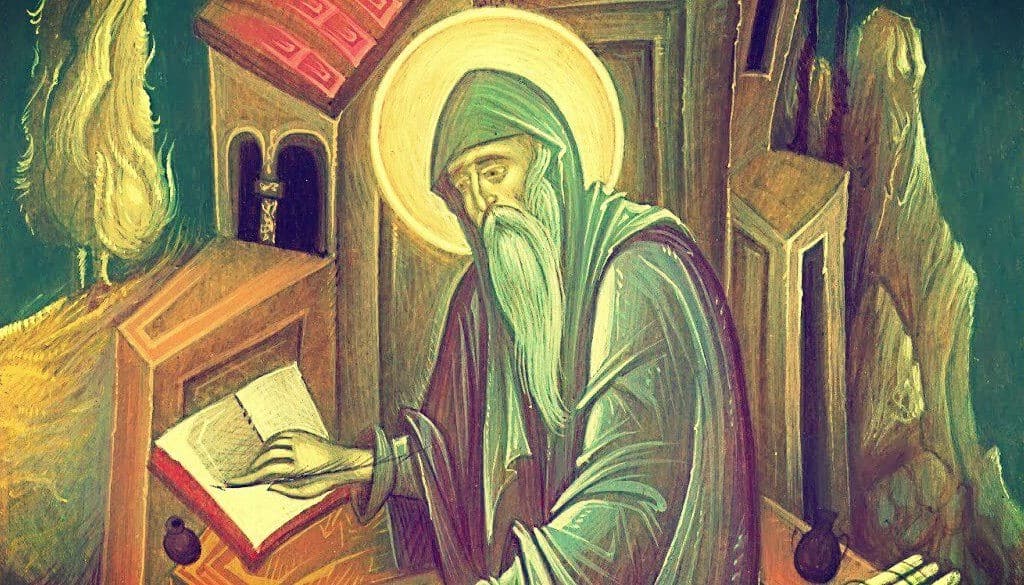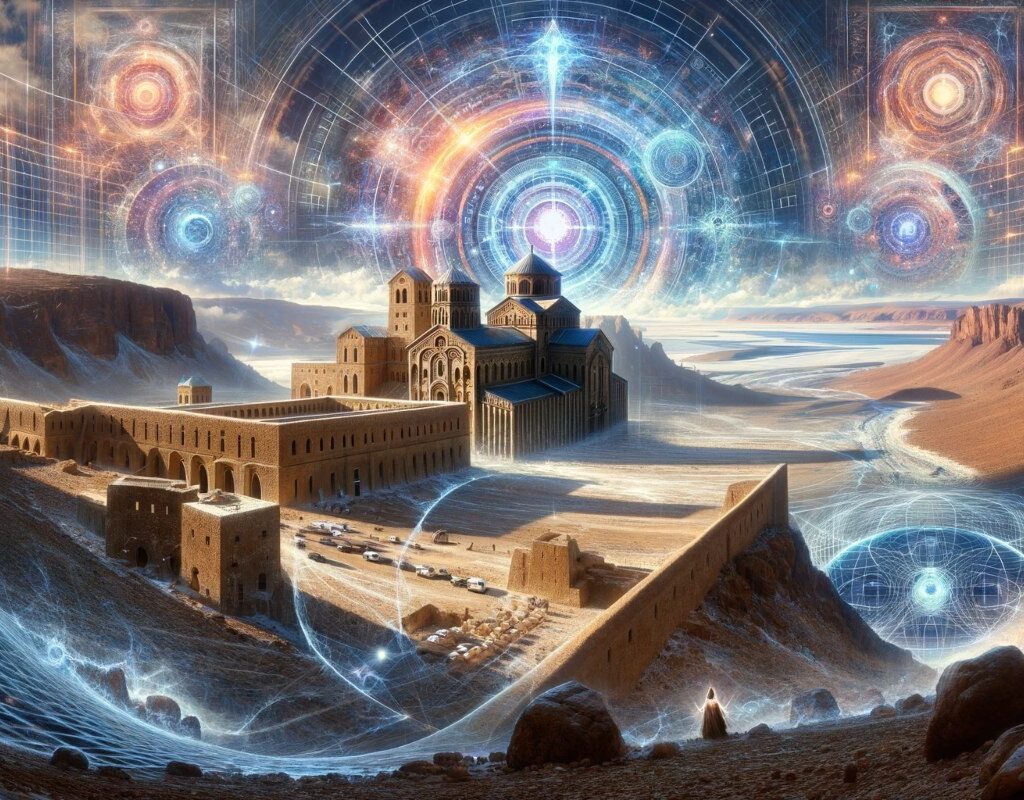Saint Nilus, a fifth-century theologian and biblical scholar, resided in a Sinai monastery, becoming renowned in Eastern Christianity. A layman married and engaged in the court of Constantinople, he turned into a staunch defender of Saint John Chrysostom and embraced asceticism.
Saint Nilus’s Prophetic Visions: A Message of Change and Warning
Interpreting Fifth-Century Prophecies: Between Asceticism and Apocalyptic Revelations

In his prophecies, Saint Nilus foretold drastic changes by the mid-twentieth century. He warned of people’s mental confusion due to carnal passions, and the rise of injustice and dishonor, rendering the world unrecognizable. Predicted a blurring of distinctions between men and women in appearance and style, marking an increase in cruelty and resemblance to wild beasts, swayed by the temptations of the Antichrist.
He also foresaw a lack of respect for elders and the disappearance of love. Additionally, he mentioned the vanity of Christian leaders, unable to discern right from wrong. The transformation in Christian morality and traditions, along with the abandonment of modesty and the rise of falsehood and greed, is another focal point of his visions.
Saint Nilus described a society dominated by lust, adultery, homosexuality, secretive acts, and murders. People would lose the grace of the Holy Spirit and lack remorse. He also predicted challenging times for faithful Christians, who would lose their faith without spiritual guidance.
Spiritual refuges would become inaccessible due to the Antichrist, who would seek total dominion, performing miracles and wonders. Saint Nilus alerts about technological advancements enabling long-distance communication and air and underwater travel, but warns they are deceptions of the Antichrist.
Finally, he mentions that God will shorten the days for the sake of the few remaining faithful, and a sudden punishment will arise for the corrupt and their followers.
Terence McKenna and the Time Wave Zero: Redefining Prophecy in the Modern Era
The I-Ching and the Time Map: A Journey to 2012 and Beyond
Terence McKenna, a new-age philosopher, proposed a modern version of Saint Nilus’s prophecy, known as the Time Wave Zero.
Ahead of José Argüelles, he believed 2012 to be a critical year in terms of time acceleration. Utilizing mathematical graphing of the I-Ching, McKenna transformed this ancient Chinese oracle into a Time Map, supporting the Mayan Prophecy that time would cease on December 21, 2012.
In their book «The Invisible Landscape«, Terence and Dennis McKenna, based on studies of primitive shamanism and psychoactive drugs, suggest that our universe results from the holographic interaction of two Hyperuniverses, implying a cyclic and recurrent nature of the universe.
During a 1970s expedition to the Colombian Amazon, the McKenna brothers experimented with ayahuasca and hallucinogenic mushrooms. Terence, studying the I-Ching, discovered a fractal pattern, which he named Temporal Wave, representing a repetitive trajectory of time.
In Chinese tradition, the god Fuxi, who became emperor about 4,400 years ago, revealed the 8 Trigrams, later forming the 64 Hexagrams of the I-Ching, an oracle focused on change and understanding coincidences to achieve a harmonious mental and spiritual state. King Wen Wang, around 1150 BCE, added a moral character to the Hexagrams.
The Sequence of 64 Hexagrams, known as the King Wen Sequence, holds a specific meaning per Hexagram, as interpreted in the I-Ching. McKenna found that multiplying the number of Hexagrams by the lines per Hexagram resulted in 384, equal to the number of days in 13 Moons of the Chinese Lunar Calendar, suggesting that the King Wen Sequence represented time.
Terence McKenna’s Time Fractal: Deciphering the Temporal Structure of the Universe
From the Precession of the Equinoxes to the Digital Age: Analyzing Cycles and Evolution
Transforming the Sequence into a graph of peaks and troughs, McKenna deduced that the I-Ching represented the flow of time.
He developed a Mandelbrot Fractal, where each level is 64 times greater than the previous one. Multiplying 384 days by 64, he arrived at a period coinciding with 6 solar cycles, which, when multiplied by 64, equals two Zodiacal Eras. Finally, multiplying this result by 6 reaches the duration of a full Precession of the Equinoxes cycle, 25,837 years.
Terence McKenna, using computational models based on the I-Ching, developed a theory on the Time Fractal, subdividing history into several levels, each shorter and more accelerated than the last:
- First level (evolution of life): began 1.128 billion years ago.
- Second level (apes): started 17.6 million years ago.
- The third level (humans): began 275,000 years ago with the appearance of Neanderthals.
- Fourth level (human civilization): started 4,300 years ago, with precise historical correlations at the graph’s peaks and valleys, such as the fall of the Roman Empire, the discovery of America, and the world wars.
- Fifth level (electronic computers): began in 1945, marked by a significant acceleration in technological advancements.
- Sixth level: would last 384 days, from December 3, 2011, to December 21, 2012.
- Seventh level: just 6 days, from December 16 to 21, 2012, described as a “resurrection in light.”
- The eighth level: would last 135 minutes, featuring 5 significant evolutionary leaps.
- Ninth level: would begin at 20:56 on December 21, 2012.
- The tenth level: is 126 seconds long, culminating at 23:08 on the same day, with 13 evolutionary leaps in the last millisecond.
According to McKenna, time has accelerated throughout history, culminating on December 21, 2012, coinciding with the end of the Mayan Calendar.
Additionally, science contributes to this context with geophysical observations. Richard Gross, a NASA geophysicist, notes that earthquakes can alter the Earth’s mass distribution and affect the planet’s rotation.
This phenomenon was evidenced by changes in the Earth’s axis and the length of the day following major earthquakes, like those in Chile and Sumatra, highlighting the interconnection between geological events and their global effects.





